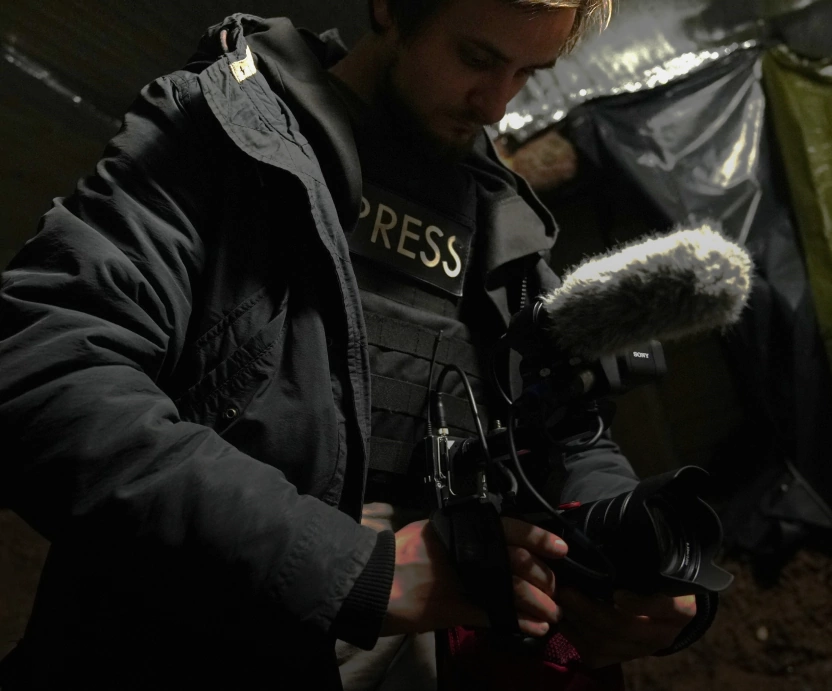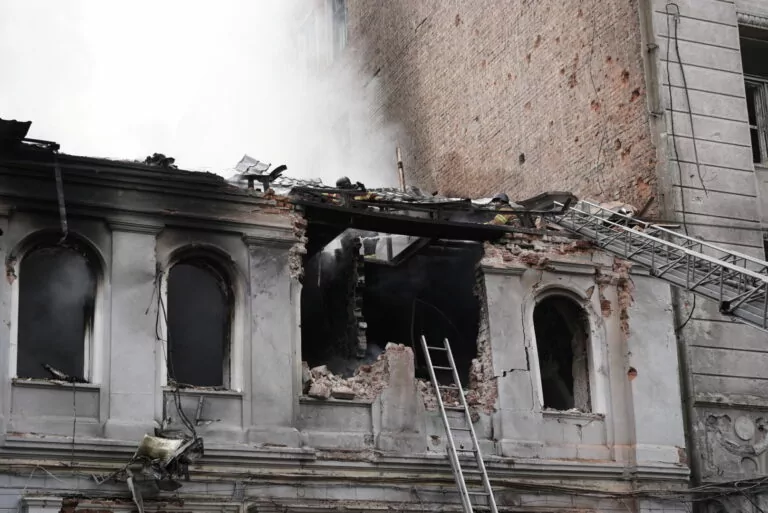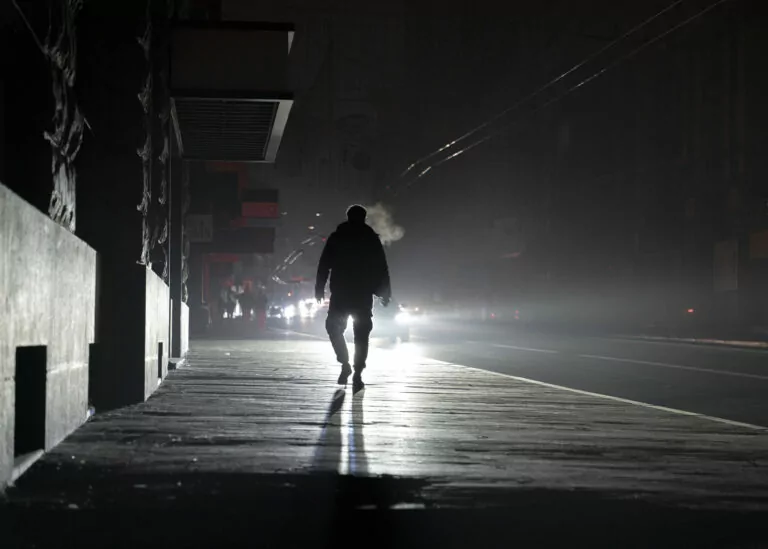KHARKIV, UKRAINE, Feb 15 — There is information that fuel from the oil depot in Kharkiv leaked into the residential sector due to the destruction of defensive structures by a Russian drone, said Oleh Syniehubov, head of the Kharkiv Regional Military Administration.
According to him, the police have opened a criminal investigation: they must establish who the owner is, whether it was legal to locate the oil depots near residential buildings, and what the maximum amount of fuel could legally be there.
“There were three hits from three Shaheds, and one of the Shaheds did not hit the oil depots but hit the protective structures that were supposed to contain the fuel in case of a spill. And this is what caused the fuel to leak into the street and further down to residential buildings. However, this is a preliminary version. This is what we saw during the inspection, during the elimination of the consequences with the State Emergency Service units,” adds Syniehubov.
The head of the Regional Military Administration added that experts are currently inspecting all such facilities [oil depots — ed.] to ensure compliance with current legislation covering proper positioning and storage of fuel, its availability, and protective structures.
Read more: Russian Drone Attack Caused Massive Fire in Kharkiv, Killing Seven
What we know about the Russian UAVs in Kharkiv on February 9
On February 9, at about 10:46 p.m., the Russian army struck Kharkiv with Shahed kamikaze drones. The Russian army shelled an oil depot in the Nemyshlianskyi district of the city, which caused a fuel leak. The fire burned down 15 private houses to the ground.
Seven people died. Rescuers found the charred bodies of a family in a private house: a husband, wife, and their three children: boys aged ten months, four years, and seven years. A 66-year-old man and his 65-year-old wife died in another house. The man was paralyzed, and his wife, although disabled, could walk.
All seven burnt bodies were found at the scene of the fire the next day, and specialists performed a DNA test to establish their identities.




